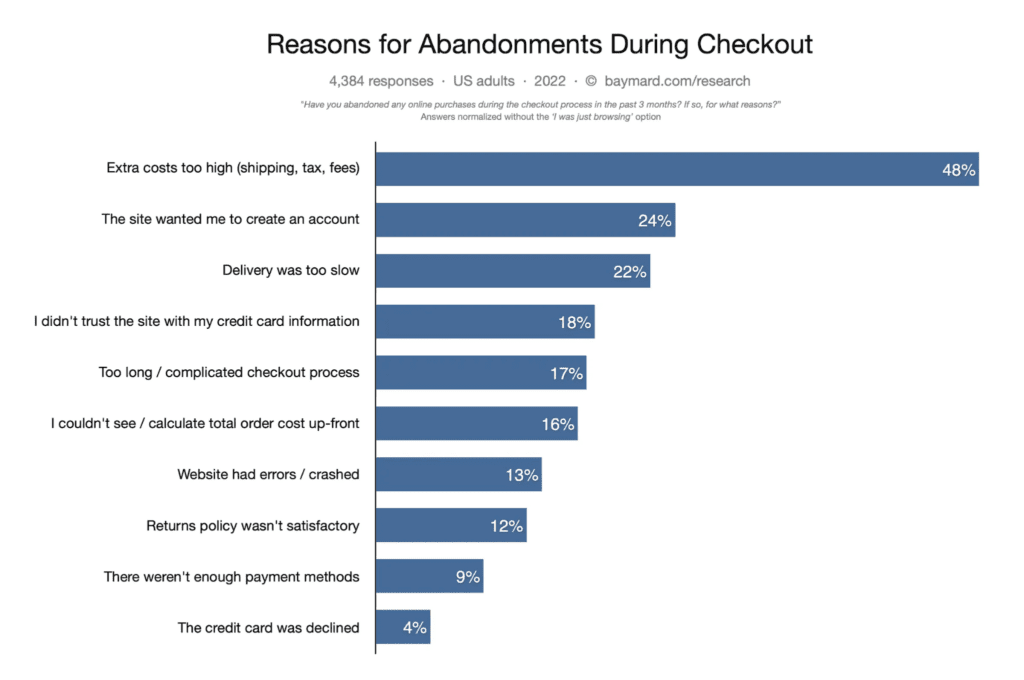Behavioral Marketing: The Key To Personalization
Imagine walking into your favorite neighborhood coffee shop. The barista behind the counter addresses you with your name. They know your usual order and so have it ready for you. Don’t encounters like these bring a smile to your face? The joy of being recognized and remembered! It makes you feel like you belong. Naturally, you are tempted to visit the coffee shop again. Correct?

Now imagine this whole experience but in the online world. What if a brand behaves like the barista and makes you feel seen and heard? What if the brand knows what you are looking for because they have observed your preferences and behavior? Then the brand will be able to tailor your experience to suit your needs. Now that is what behavioral marketing is all about.
And yes, in this blog we are going to go over some of the most important details about behavioral marketing. Details like the benefits that this strategy brings to brands, challenges that businesses face while executing it, and some tips to make the most of this strategy.
Ready to unleash the power of behavioral marketing? Roll up your sleeves and let’s get things started.
- Behavioral marketing – a prelude
- Tapping into the potential of behavioral marketing – benefits + tips
- Welcome a customer
- Personalize based on the customer journey stage
- Remove any friction
- Educate warm leads about your services or products
- Help hot leads take the next step
- Targeting customers based on interest
- Address cart abandonment issues
- Re-engage existing customers
- Behavioral marketing for email list hygiene
- Perfectly timed targeting based on the customer’s progress in the marketing funnel
- Customer retention through retrospection
- Want to make the best visuals for your behavioral marketing campaigns? Get KIMP
Behavioral marketing – a prelude
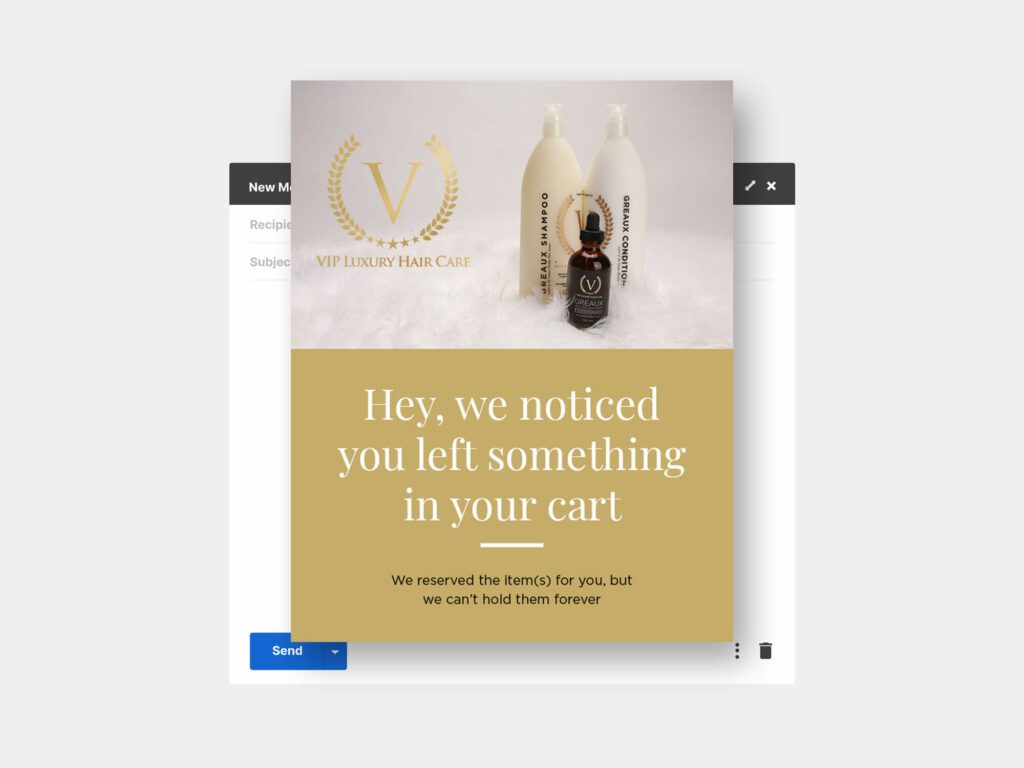
In a world of ever-increasing competition, brands are always on the lookout for ways to get leads to notice them and to get customers to stick with them. One approach that can help with both customer acquisition and customer retention is behavioral marketing. Consequently, this approach goes a long way in aiding business growth.
Now for the actual definition. Behavioral marketing is the process of tracking a customer’s online behavior for cues. This includes details about how the user interacts with the brand. The kind of products a customer browses or brands they keep going back to.
And then based on all the data gathered, a marketing funnel tailored to their preferences, and their past interactions is set in place. This marketing funnel is much more effective in driving conversions than a traditional broadly targeted marketing funnel.
The whole process of gathering relevant behavior-related data and utilizing the data to personalize customer experiences is called behavioral marketing.
Based on the actual application, the intended results, and other factors, behavioral marketing strategies can be categorized as:
- Retargeting – presenting Search ads and social media ads, like Facebook ads, based on the pages a customer visits on a website or the products the customer browses.
- Targeted email marketing – using emails to tackle cart abandonment, re-engage existing customers, etc.
- Product suggestions – using a marketing channel like email or social media to upsell/cross-sell to a customer who recently placed an order.
Okay, so behavioral marketing does sound like a good idea. So what are the real benefits a business can unlock with it? Let’s uncover the secrets!
Tapping into the potential of behavioral marketing – benefits + tips
Welcome a customer
When a customer subscribes to your newsletter or places their first order, it’s their first solid transaction with your business. Moreover, this marks the actual step of a lead becoming a customer. Behavioral marketing through email targeting can be used to tap into the emotions involved in this first transaction.
At this step, a perfectly personalized welcome email is a useful tool.

KIMP Tip: Ensure that your welcome email is aligned with the path that brought your customer to you. For example, a customer who signs up through a lead magnet will expect to receive that free ebook that was promised. A customer who signs up directly from the website might benefit from an email that talks about the next steps or about the specialty of your services/products.
From the graphics to the text, everything should be personalized to suit the lead funnel that brings your customer to your brand.
Personalize based on the customer journey stage
Behavioral marketing is about personalizing the ad, the delivered message, and the intended goals based on the customer journey stage. For example, the ad or email displayed to a customer who signed up but never placed an order should be different from that displayed to an existing customer.
Take the below Walmart ad for Walmart Plus membership. The first ad targets existing Walmart Plus members to motivate them to rejoin. However, the second ad promotes the Walmart Plus membership features to a customer who has never tried the membership before.
Notice how the copy of the ads, as well as the highlighted benefits, are different despite the fact that both ads promote the same product. This is a good example of behavioral marketing.
Remove any friction
Identifying and eliminating any possible friction that a customer faces while placing an order is one of the main benefits that can be achieved with the help of behavioral marketing.
To do this effectively, the ads you create should answer the most common questions that many new customers have. By giving your customers these answers you are showing from the first interaction that you understand their pain points and that you wish to make the experience convenient to them.
The below retargeting ad answers some of the questions that customers have about placing an order to help the customer make an informed decision.
Educate warm leads about your services or products
Behavioral marketing can be handy in targeting customers who are looking for ideas. It can be great to engage warm leads and take them to the next stage.
For example, customers who visit your website from an ad but leave because they do not yet know much about your business or what sets your business apart might benefit from an informative ad. This ad should give your customers a few reasons to revisit your website and shop from you.
The below ad gives a list of products that the customer can shop for and some factors that set the store apart.
Help hot leads take the next step
Hot leads are those that are already interested in your business but are facing some obstacles in moving to the next step. They might have browsed specific products in your catalog but might not have known how to get in touch with your business or how to find more information about the products they are interested in.
For such leads, behavioral marketing campaigns should focus on providing direction. Instead of giving them a list of things to do, you could narrow it down to a single step to take – like booking a demo or signing up for a free trial.
The below ad, for example, talks to the customer about the test drive option to help understand the boat inventory better.
Targeting customers based on interest
Behavioral marketing involves tracking a variety of parameters like customer browsing behavior, shopping behavior, interests, and more. Targeting based on interest can be very effective. Because you know that the customer is already interested in a product.
As we saw in the previous section, giving customers direction and suggesting what to do next is one idea. If it has been a while since the customer visited the site and showed interest in a product, but an order did not happen, chances are the customer found the prices to be too high or they found a better option elsewhere.
In fact, data shows that about 48% of customers who abandon their cart do so because they found the price of the product or the shipping fee to be too high.
The behavioral marketing answer to this problem is to come up with a convincing reason for customers to have a second look at products they liked.
The below email, for example, talks about a price cut on a product that the customer expressed interest in. Indeed, a price cut is a strong motivator.
Address cart abandonment issues
Cart abandonment is something many marketers dread because there is the whole process of tracking why a customer did not proceed to place an order, gathering feedback, and convincing customers to revisit and place the order.
Tackling cart abandonment is one of the main benefits a business can reap using behavioral marketing. There are several ways in which brands tackle cart abandonment.
Some include special offers or discount codes to encourage customers to place an order immediately.
Other brands might talk about low stocks or the possibility of price changes for the products in the cart to create a sense of urgency and therefore incite immediate action.
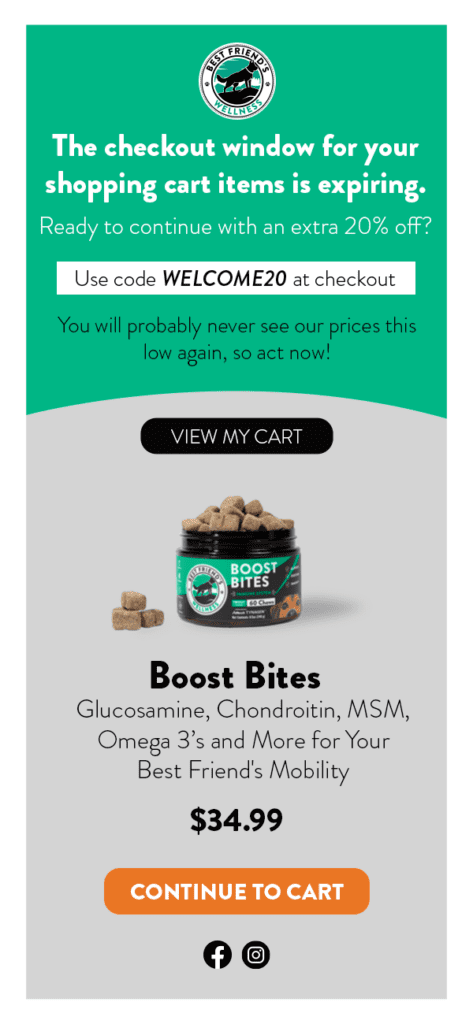
While social media ads and web display ads work well in addressing cart abandonment, personalized emails are even more effective.
Another quick fact you might like – the open rates for cart abandonment emails shot up to 49% in the year 2022. This means that it’s worth paying attention to designing cart abandonment emails. Moreover, knowing that there is a good chance of your email being opened and read, makes these emails stand out.
KIMP Tip: On-point design that clearly delivers the message + noticeable branding can boost the impact. Also remember that for cart abandonment emails to be effective, they should be sent within a few hours after the customer abandons their cart.
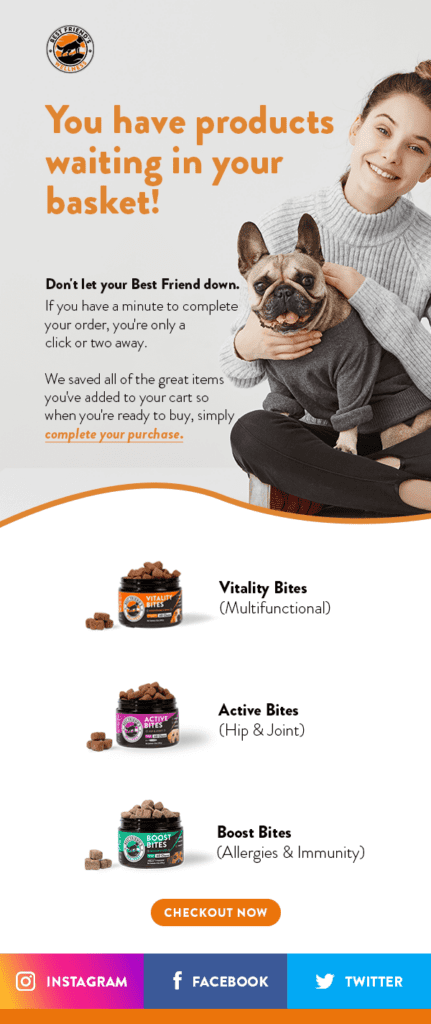
Need help designing your cart abandonment emails? Choose a KIMP Graphics subscription!
Re-engage existing customers
Data shows that there is a 60-70% chance of selling to an existing customer while this number comes down to 5-20% for new leads.
This means that when engaged correctly, you have better chances of conversion from existing customers. Behavioral marketing ensures that you take into account past shopping and browsing behavior as well as the interests of an existing customer to re-engage them.
Some brands do this by giving the customer a special discount to shop again or the promise of freebies with the next order. Through this, you are showing the customer that they matter to your brand. And on feeling valued, they are more likely to place an order. The below ad, for example, gives the customer access to an exclusive discount code.
Another idea is to simply reach out to customers and tell them why you value them. The below email from Google reminds the kind of value a user creates by contributing to Local Guides and therefore can motivate a user to engage again.
Here’s how Duolingo uses this idea. In this case, the brand talks about the things the customer can quickly do on the platform – the kind of value the customer reaps on returning.
KIMP Tip: Since these emails target customers who have not transacted with the brand in a while, remember to go strong with branding. Take the Duolingo email for example. The design incorporates the brand’s mascot for instant brand recognition.
Clear branding in these targeted emails helps customers easily recall the brand.
Behavioral marketing for email list hygiene
One of the most interesting and useful applications of tracking customer behavior is to understand how the customer is engaging with your brand, your emails in particular.
Every additional entry in your email list adds to the bulk of your email volume. Performing timely checks to maintain list hygiene helps improve the cost-effectiveness of your email strategy.
You can use a personalized email to make contact with an existing customer who has not interacted with your emails for a long time. This helps you avoid the risk of mailing and bothering customers who are no more interested in your business. While doing that you also get to clean up your email list for better targeting.
The below email shows how this is done. While giving the customer a way to unsubscribe easily, the email also goes on to list down the things the customer has been missing. On receiving such an email, the customer either engages with the brand again or hits the unsubscribe button. Thus the idea lays down two clear choices to simplify things for the customer and for the brand as well.
Perfectly timed targeting based on the customer’s progress in the marketing funnel
Making contact immediately after a sale or a short period after the sale can be valuable to brands. Because this creates an effective opportunity for up-selling and cross-selling.
For example, a car showroom benefits from tracking the history of a customer’s transactions and sending out timely reminders when the customer’s car is due for service. Like the below ad from Mercedes-Benz of Atlanta South that comes with an option to instantly book an appointment.
While the above social media ad is displayed to encourage repeat purchases a few days after the previous purchase, another idea is to engage customers or cross-sell immediately after they place an order. This includes displaying a customized web banner/slider that tells customers about products or services that can complement their previous purchase.
Additionally, you can also include quick links to help customers stay connected with your brand on social media or the contact details for after-sale service.
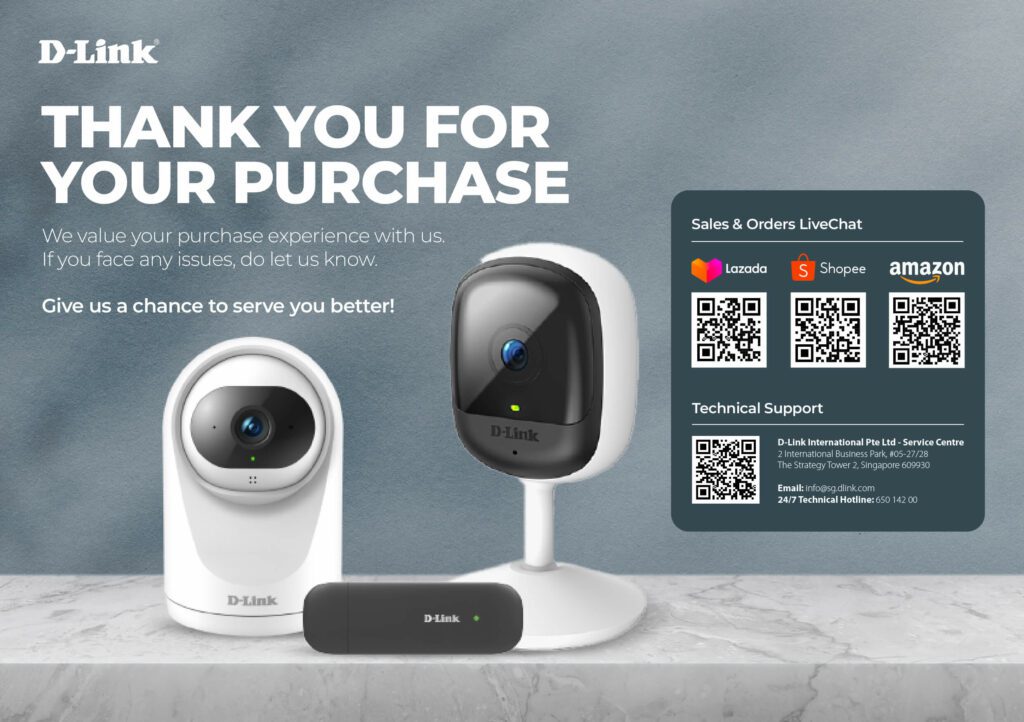
Such targeted campaigns delivered after purchase can deliver essential information to the customer. It goes a long way in enhancing the overall experience and therefore increases the chances of customer retention.
Talking about customer retention, there’s another way to use the information captured while tracking customer behavior. Let’s talk about that now.
Customer retention through retrospection
The whole idea of behavioral marketing is to provide personalization in order to tell customers that you value them and care about them. One way to do that is through periodic email summaries of customer transactions.
This includes shopping pattern emails sent out by some ecommerce sites. Even the weekly and monthly emails sent out by OTT services summarizing the user’s watch history and using the data to provide further recommendations. The Spotify Wrapped campaign that helps users to look back at their listening history from the past year is also a great example.
Grammarly sends weekly insights in targeted emails. These include insights on how the user used Grammarly along with data about the volume of content analyzed by Grammarly in a given period. These timely updates remind Grammarly users how much Grammarly helped them the past week. This is a great way to encourage them to continue using Grammarly.

Want to make the best visuals for your behavioral marketing campaigns? Get KIMP
Behavioral marketing campaigns are all about personalization. They are about making the customer feel included and valued. So, everything from the copy in these campaigns to the visuals should be tuned to align with the core objective. This combination is essential in attracting the user’s attention and also delivering the message effectively. Only then will the brand succeed in driving action.
And as you can see from these examples, retargeting and personalizing the experience can be done through a variety of marketing designs like emails, web banners, display ads, social media ads, and emails. Sometimes you need more than one ad in more than one platform to get the desired results. Therefore, it’s imperative that these personalized ads also look cohesive.
Cohesive on-brand ads and marketing designs are much simpler when you have an unlimited design subscription like KIMP.
Sign up now for a free 7-day trial.





